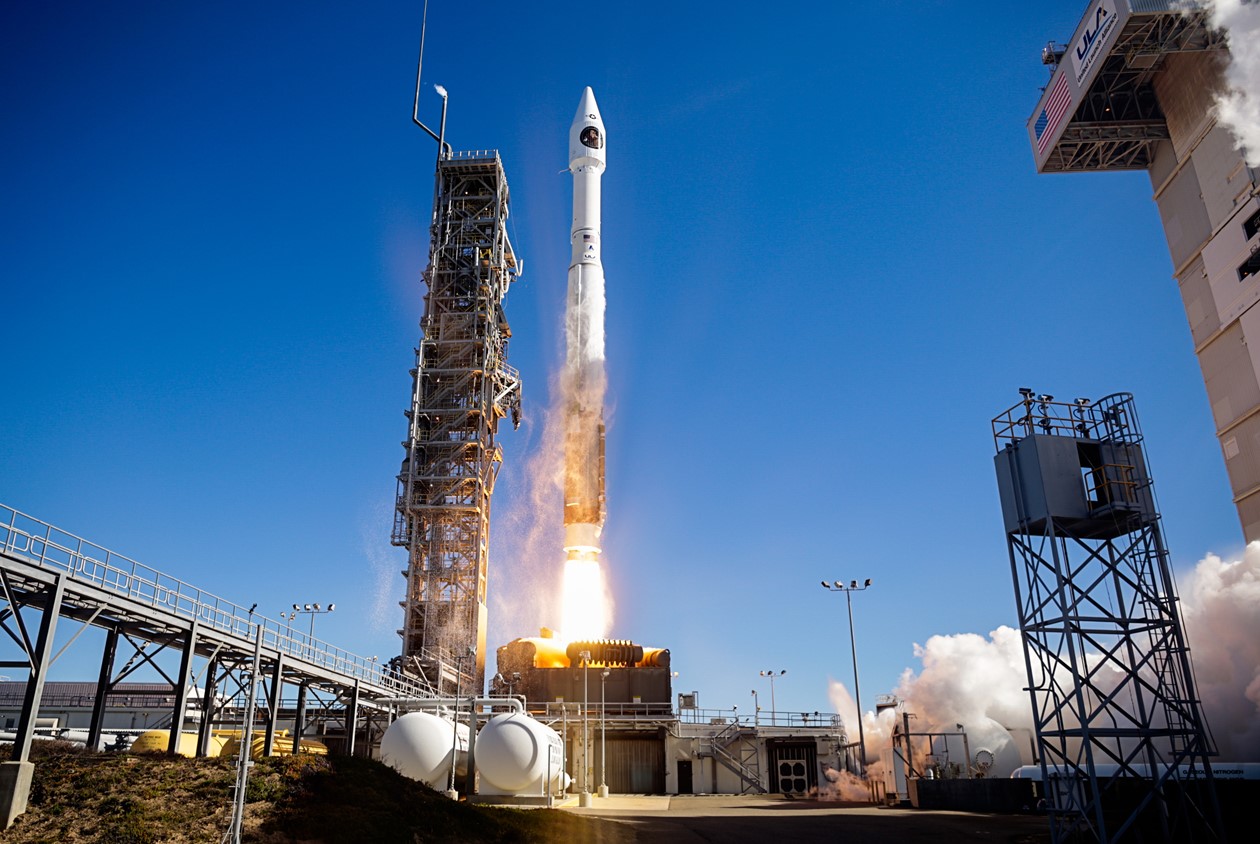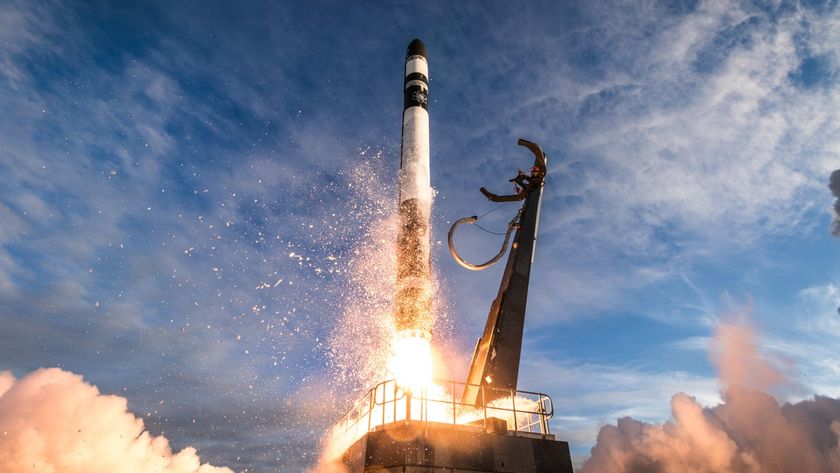New American Spy Satellite Launches on Classified Mission

A new American satellite soared into Earth orbit today (March 1), kicking off a reconnaissance mission that's shrouded in secrecy.
The NROL-79 satellite launched into space atop a two-stage United Launch Alliance (ULA) Atlas V rocket at 12:49 p.m. EST (1749 GMT) today, rising off a pad at Vandenberg Air Force Base in California.
NROL-79 will be operated by the U.S. National Reconnaissance Office (NRO), which oversees the United States' fleet of spy satellites. It's unclear what NROL-79 will be doing, or where it will be orbiting; details about the spacecraft and its mission are classified. [Launch Photos: NROL-79 Spy Satellite Soars to Orbit]
After lifting off, the Atlas V headed south, hugging the coasts of California and the Mexican state of Baja California as it rose into the sky. If everything went according to plan, the rocket reached Mach 1 — the speed of sound, about 767 mph (1,234 km/h) — 81 seconds into flight, according to a ULA mission-description video. The booster's main engine cut off 4 minutes and 3 seconds after liftoff, and the rocket's two stages separated 6 seconds later. The payload fairing protecting NROL-79 was jettisoned 4 minutes and 27 seconds after launch.
The ULA video ends there, however. It is a classified mission, after all.
NROL-79 was originally scheduled to launch on Dec. 1, 2016. But a series of wildfires at Vandenberg in September, and then an issue with the Atlas V's upper stage, pushed the liftoff back three months.
Today's launch was the first of 2017 for an NRO satellite. Three NRO missions lifted off last year — NROL-45 on Feb. 10, NROL-37 on June 11 and NROL-61 on July 28. [The Most Dangerous Space Weapons Concepts]
Get the Space.com Newsletter
Breaking space news, the latest updates on rocket launches, skywatching events and more!
Today's launch was the 70th for the Atlas V, which made its spaceflight debut in August 2002. All of these missions have been successful, ULA representatives said.
The liftoff was also the 35th for the Atlas V's 401 configuration, which does not incorporate any strap-on solid rocket boosters (SRBs). Other variants of the Atlas V can feature as many as five SRBs.
Follow Mike Wall on Twitter @michaeldwall and Google+. Follow us @Spacedotcom, Facebook or Google+. Originally published on Space.com.
Join our Space Forums to keep talking space on the latest missions, night sky and more! And if you have a news tip, correction or comment, let us know at: community@space.com.

Michael Wall is a Senior Space Writer with Space.com and joined the team in 2010. He primarily covers exoplanets, spaceflight and military space, but has been known to dabble in the space art beat. His book about the search for alien life, "Out There," was published on Nov. 13, 2018. Before becoming a science writer, Michael worked as a herpetologist and wildlife biologist. He has a Ph.D. in evolutionary biology from the University of Sydney, Australia, a bachelor's degree from the University of Arizona, and a graduate certificate in science writing from the University of California, Santa Cruz. To find out what his latest project is, you can follow Michael on Twitter.











